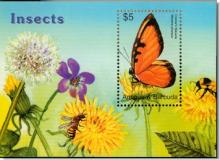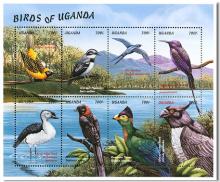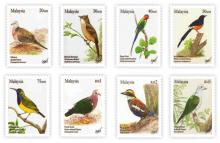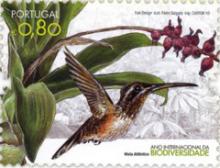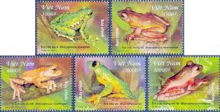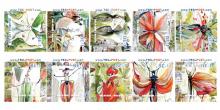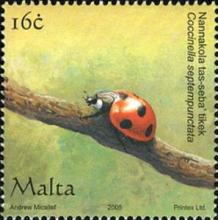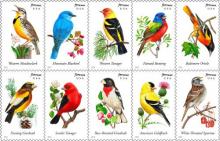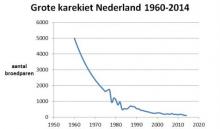Toxicoloog Henk Tennekes uit Zutphen waarschuwt al jaren voor de schadelijke gevolgen voor het milieu door het gebruik van bepaalde pesticiden
Insectenetende vogels, zoals spreeuw (Sturnus vulgaris) en boerenzaluw (Hirundo rustica) gaan sterker achteruit in gebieden met hoge concentraties van de neonicotinoïde imidacloprid in het oppervlaktewater. Dit blijkt uit een analyse van gedetailleerde gegevens over milieufactoren en trends van algemene insectenetende vogels in het boerenland. Het wetenschappelijk tijdschrift Nature publiceert de studie van biologen van de Radboud Universiteit en van Sovon Vogelonderzoek Nederland vandaag. Toxicoloog Henk Tennekes uit Zutphen waarschuwt al jaren voor de schadelijke gevolgen voor het milieu door het gebruik van bepaalde pesticiden.

